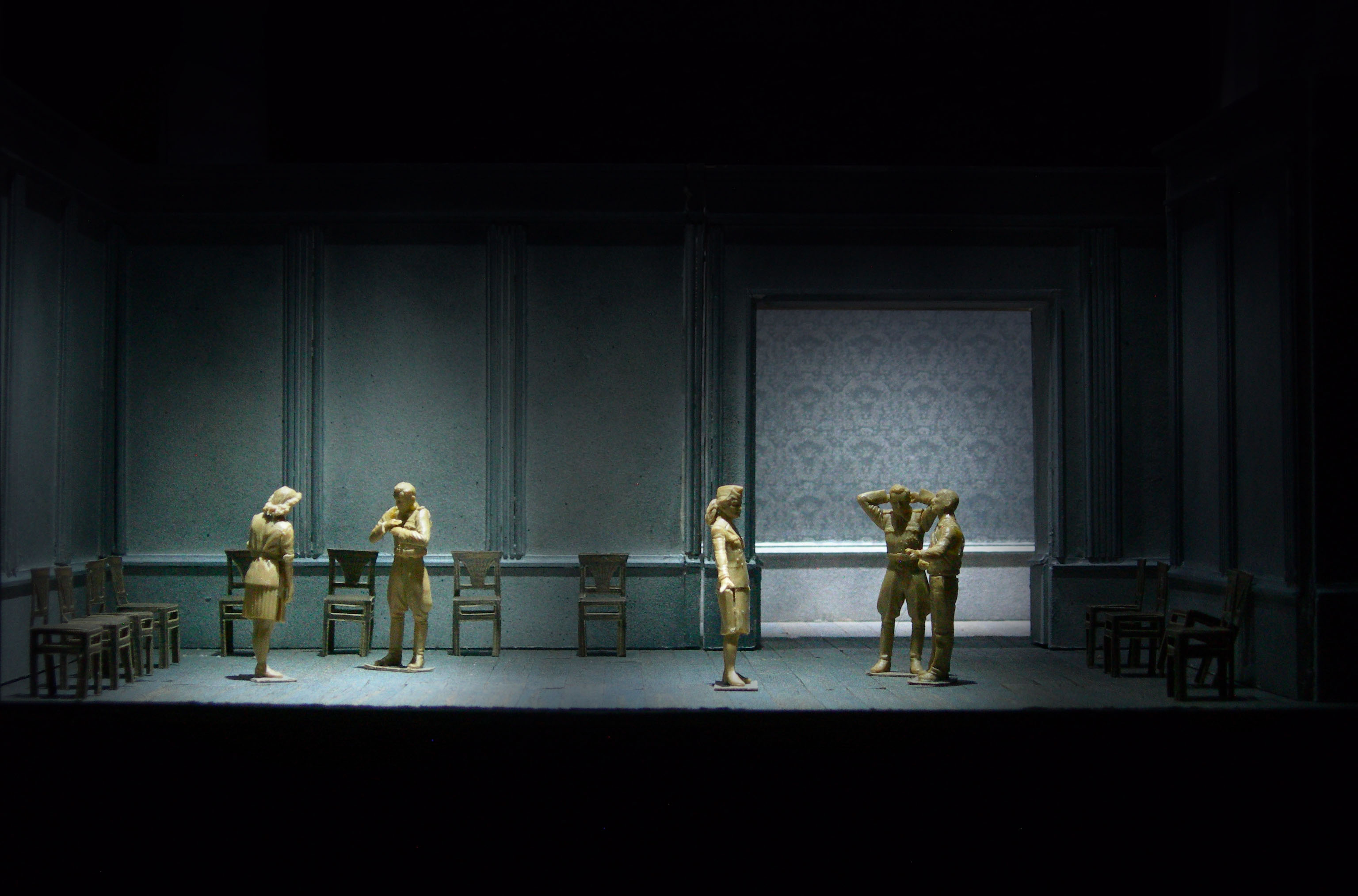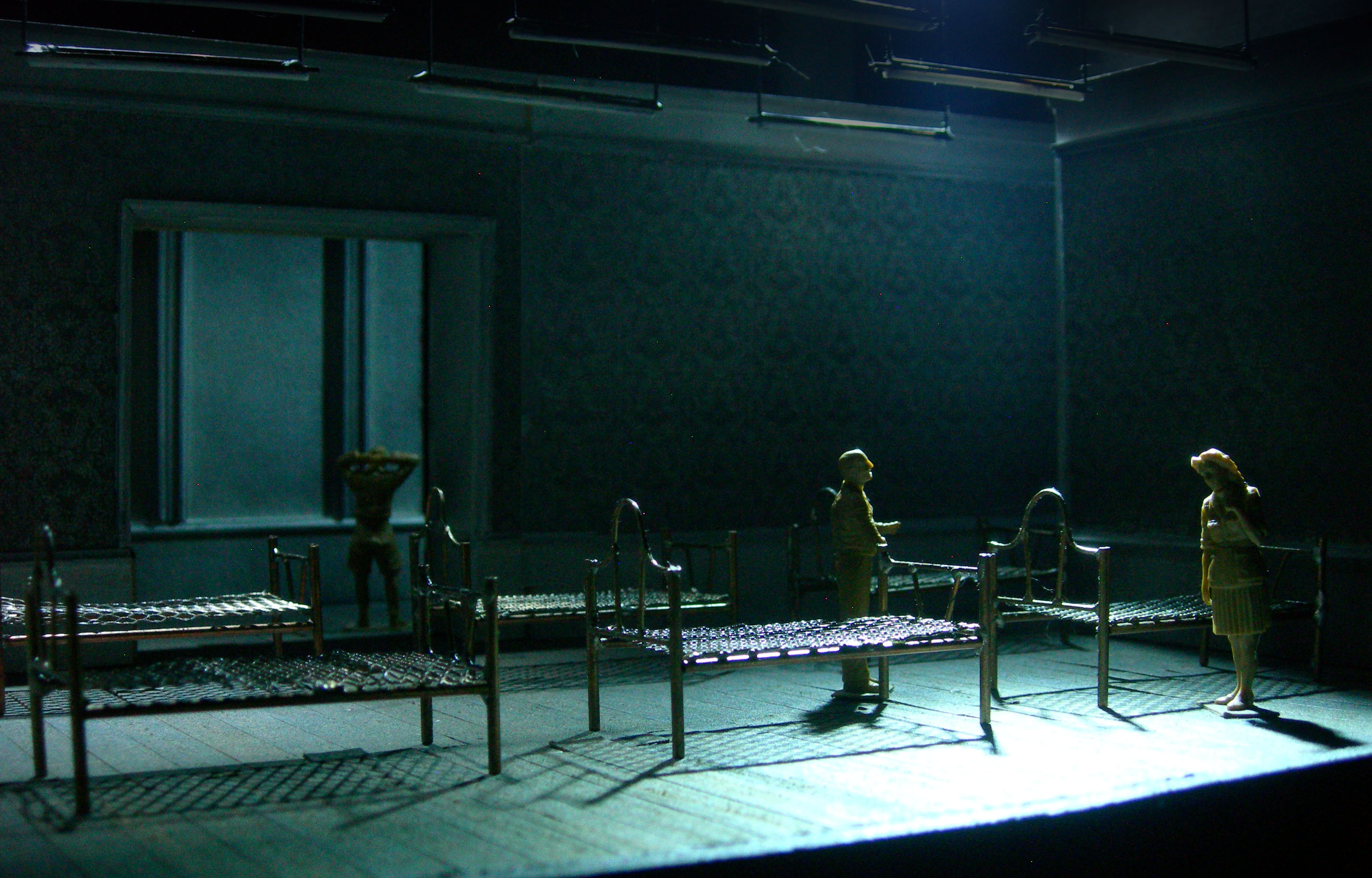La Traviata. Director's notes
27 October 2010
La Traviata has marked a special turning point and exceptional event in Verdi’s work, since it depicted a story taken from the contemporary context, an “experimental” piece of opera, which found its place between the shades and shadows of Medieval and Renaissance adventures popular then, as Romanticism and the audience of the time demanded (Attila, Macbeth, Rigoletto, Trovatore).
The plot spins around and unfolds thoughts and passions of a woman - not a heroine of distant times - which eventually rises to the status of a heroine for future generations. Language, music and text, concur in adherence to and comprehension with today’s audience. Words and syntax are far away from a mode of expression long forgotten. They are alive and very much similar to modern times. Statements are built on fluid and practical terms, which speak to us and which we recognise as our own.
It is a story of solitude, a struggle of a woman (or a human being in general) who pierces deeply her conscience with a sharp knife of understanding to uncover the true value of things, happenings and emotions. Violetta is left by Verdi in a terrible silence, soon after she greets her friends, who leave her in Act I, to think about life and oncoming death for the first time ever – “E’ strano, è strano!”.
Love and death, and solitude, are the principal issues in this opera, which accompany us through the path of time that runs out and asserts the final inescapable mortal end. Violetta will find reconciliation with herself and understanding of mystery of life and death, and will defeat death by holding tight to Alfredo who has come back to her. “E’ strano” dissolves itself in sweet chords and transforms from scary omen, as it was at the beginning, into a moment of peace and joy. Violetta will be blessed not to die alone and granted a pleasing and wholesome death. She will be remembered and will watch protectively from heaven over her beloved ones.
This production will avoid the Grand Opera temptations and will focus more on the colloquial intimate texture of private dialogues, which represent the special character of La Traviata. Even Cabalettas and Chorus pieces are written in a way to keep a status of Kammerspiel.
“Teatro Intimo” and universal, into which today we all find a match for our troubles and desires - Violetta for one and all, and La Traviata since and for ever.
Marco Gandini


